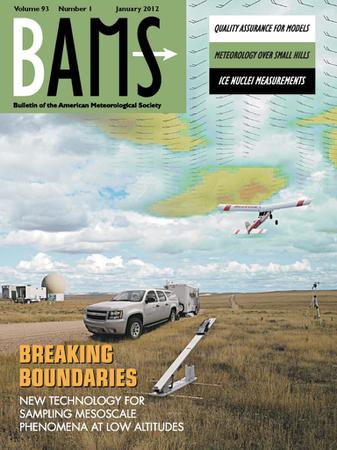For a Pluralism of Climate Modelling Strategies
IF 5.9
1区 地球科学
Q1 METEOROLOGY & ATMOSPHERIC SCIENCES
引用次数: 0
Abstract
Abstract The continued development of General Circulation Models (GCMs) towards increasing resolution and complexity is a predominantly chosen strategy to advance climate science, resulting in channelling of research and funding to meet this aspiration. Yet many other modelling strategies have also been developed and can be used to understand past and present climates, to project future climates and ultimately to support decision-making. We argue that a plurality of climate modelling strategies and an equitable distribution of funding among them would be an improvement on the current predominant strategy for informing policy making. To support our claim, we use a philosophy of science approach to compare increasing resolution and complexity of General Circulation Models with three alternate examples: the use of machine learning techniques, the physical climate storyline approach, and Earth System Models of Intermediate Complexity. We show that each of these strategies prioritises a particular set of methodological aims, among which are empirical agreement, realism, comprehensiveness, diversity of process representations, inclusion of the human dimension, reduction of computational expense, and intelligibility. Thus, each strategy may provide adequate information to support different specific kinds of research and decision questions. We conclude that, because climate decision-making consists of different kinds of questions, many modelling strategies are all potentially useful, and can be used in a complementary way.促进气候建模战略的多元化
摘要 不断提高大气环流模式(GCMs)的分辨率和复杂性是推动气候科学发展的主要战略选择,其结果是将研究和资金用于实现这一愿望。然而,许多其他建模策略也已开发出来,可用于了解过去和现在的气候,预测未来的气候,并最终为决策提供支持。我们认为,气候建模战略的多元化以及资金在这些战略之间的公平分配将改善目前为决策提供信息的主要战略。为了支持我们的主张,我们采用科学哲学的方法,将不断提高分辨率和复杂性的大气环流模式与以下三种替代方法进行比较:使用机器学习技术、物理气候故事情节方法和中等复杂性地球系统模式。我们的研究表明,每种策略都优先考虑一套特定的方法论目标,其中包括经验一致性、现实性、全面性、过程表示的多样性、包含人文因素、减少计算费用和可理解性。因此,每种策略都可以为不同类型的研究和决策问题提供足够的信息支持。我们的结论是,由于气候决策由不同类型的问题组成,因此许多建模策略都可能有用,可以互补使用。
本文章由计算机程序翻译,如有差异,请以英文原文为准。
求助全文
约1分钟内获得全文
求助全文
来源期刊
CiteScore
9.80
自引率
6.20%
发文量
231
审稿时长
6-12 weeks
期刊介绍:
The Bulletin of the American Meteorological Society (BAMS) is the flagship magazine of AMS and publishes articles of interest and significance for the weather, water, and climate community as well as news, editorials, and reviews for AMS members.

 求助内容:
求助内容: 应助结果提醒方式:
应助结果提醒方式:


